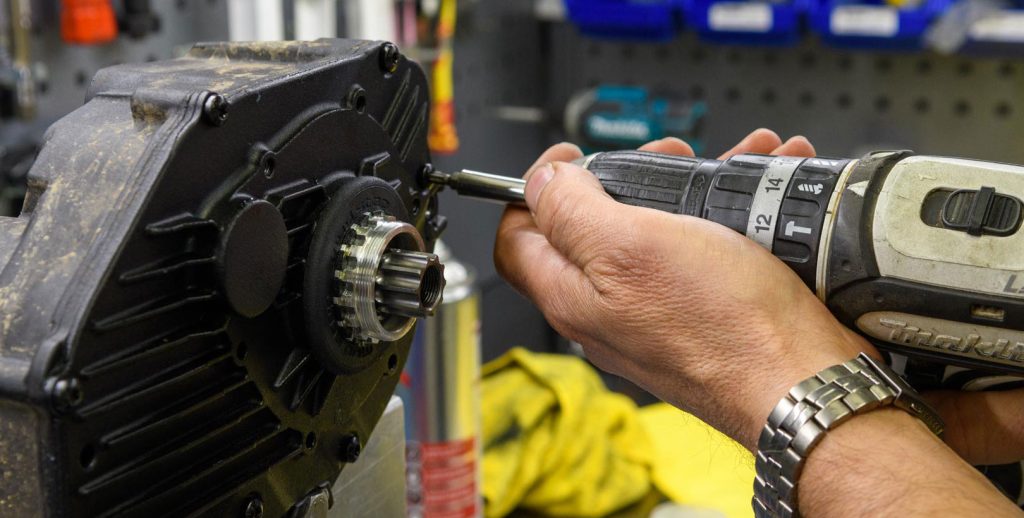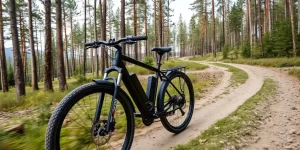When talking about e-bikes, you can say the most important thing about them is the e-bike motors, where to mount it and how it works, and how to work your way around it to have optimal performance.
This article will discuss e-bike motors and how they work with the rest of the bike equipment. also what types do we have.
So let’s dive into this blog together.
What are e-bike motors?
In essence, electric motors convert electrical energy into mechanical energy, and e-bikes utilize brushless DC motors (BLDC motors). Unlike older electric motors that use brushes to change the direction of current flowing to the motor, BLDC motors do not need brushes.
Imagine opening up a BLDC motor and finding a bunch of wires wound around a circular series of poles, which is the stator. When the motor controller draws current from the battery into the wires, the stator becomes an electromagnet. You’ll also see a circular series of permanent magnets inside or outside the stator. That’s the rotor, baby!
The interplay between the rotor and stator is crucial to understanding how e-bike motors work. When current runs through the stator’s electromagnets in a circular sequence, those electromagnets repel and attract the permanent magnets on the rotor, causing it to spin.
The stator is attached to a shaft, which generates torque in mid-drive motors when it rotates, giving you pedal power via a small chainring connected to the shaft. However, the rotor rotates in hub motors, causing the entire motor to spin, producing torque to power the front or rear wheel.
Moreover, unlike older motors that used brushes and suffered from decreased efficiency and wear and tear over time, BLDC motors use no brushes, making them more efficient and longer-lasting. No need to worry about your e-bike conking out on you mid-ride.
How do e-bike motors work?
Apart from the motor, e-bikes also feature motor controllers and batteries. The motor controllers regulate the amount of power that flows to the motor, which transfers the desired amount of current from the battery into the motor based on your input.
Pedal-assist e-bikes may use either a cadence sensor that detects the rider’s pedaling speed or a torque sensor that detects the amount of force the rider applies to the pedals to control e-assist.
Additionally, some e-bikes have throttles that enable riders to use the motor independently of their pedaling, although the laws in certain regions restrict where you can use e-bikes equipped with throttles.
The difference between e-bike motors
E-bike motors come in three basic variants, even though they share the same fundamental technology. The first is the mid-drive motor, which is situated at the bike’s center frame where the bottom bracket is typically located. A for hub motors they located within the front or rear hub, and there are two types of hub motors.
Direct-drive hub motors, except for their bearings, have no moving parts. The motor simply spins around the axle, which is fastened to the frame’s dropout. Geared hub motors use a sequence of planetary gears to reduce the motor’s RPM while increasing its torque output.
In addition, there are aftermarket e-bike kits that allow standard bikes to be equipped with a mid-drive or hub motor. Among aftermarket kits, there are also friction drives that use a spinning wheel that contacts the rear tire to generate propulsion.
Read more: Mid-drive motor vs hub motor: how to choose?





